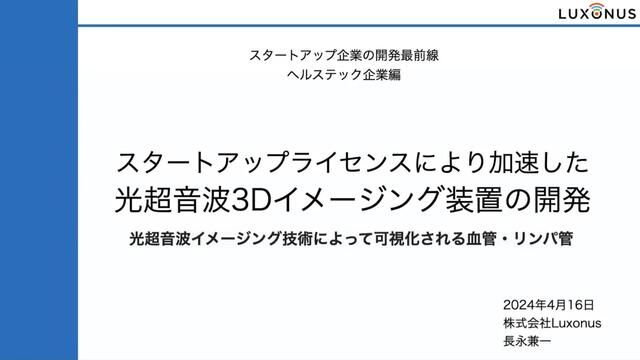Luxonus Uses Virtual Prototyping to Accelerate Photoacoustic Imaging Technology
Workflow Enables Product Cycle Verification Without Needing a Physical Prototype
“By using Parallel Computing Toolbox and GPUs, we were able to speed up the process by a factor of 100, which we were very thankful for.”
Key Outcomes
- MATLAB helped reduce development time and computational load, enabling a faster time to market for Luxonus products
- Parallel Computing Toolbox facilitated fast computing to obtain high-resolution 3D images in shorter periods
- MATLAB App Designer allowed engineers to easily create apps for verification and reproducibility tests, which further accelerated their development processes
Luxonus is a leading Japanese provider of 3D optical ultrasound imaging systems. Based on the photoacoustic effect, this noninvasive device captures high-resolution images of blood and lymphatic vessels without harmful radiation or contrast agents. The device can visualize the hemoglobin oxygen saturation factor and observe thin blood vessels that often fail CT scans or microscopic detection.
The Luxonus team wanted to verify the product development process in the early stages without the need for physical prototypes. MATLAB® was integrated into its V-model development processes for virtual prototyping, evaluation, and verification of tools with precision reproducibility. Signal Processing Toolbox™ and Image Processing Toolbox™ were used for effective virtual prototyping, while Parallel Computing Toolbox™ handled large-scale calculations for ultrasound image reconstruction.
With this workflow, Luxonus was able to expedite medical device approval and manufacturing within four years of being established.
